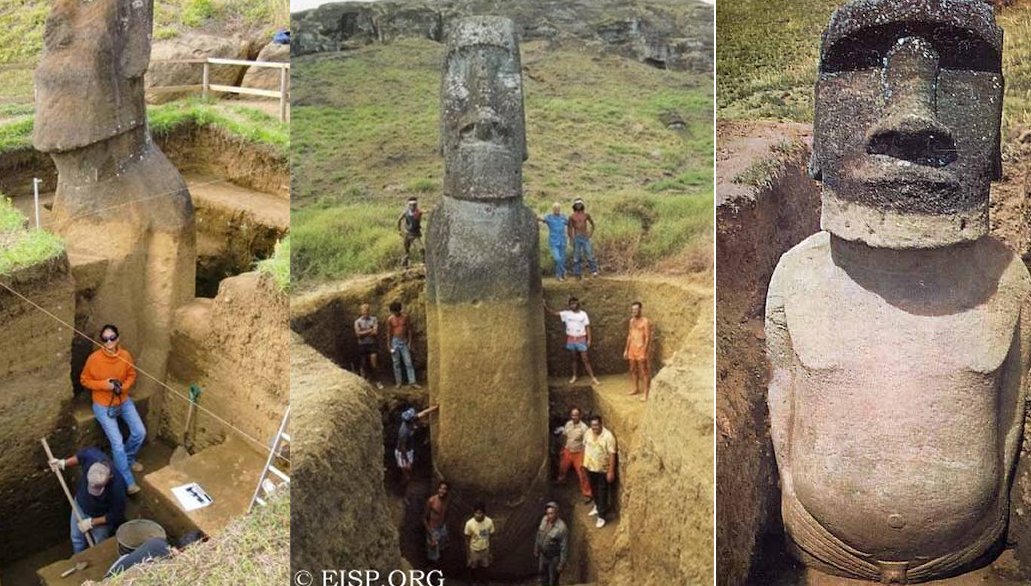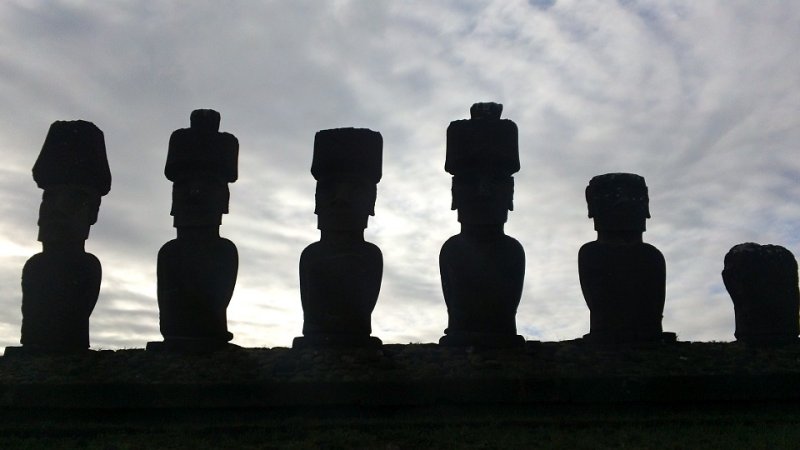AncientPages.com - The mystery of Easter Island deepens. Scientists have conducted an analysis of DNA from ancient skeletal remains and it turns out history of Easter Island is not quite as previously thought.
According to a genetic study carried out in 2014 indicated interbreeding between the people of Easter Island, or Rapa Nui, and native people in South America occurred roughly between 1300 and 1500.
This would mean there was a strong link between Easter Island and people in South America. However, scientists from the University of Bristol have studies DNA of three Rapa Nui people from the 1400s and 1500s and two from the 1800s. The results show there is no connection between Easter Island and South America.
See also:
Easter Island’s Statues Reveal Bodies Covered With Unknown Ancient Petroglyphs
The research underscored the isolation of these people, who lived on an outpost some 2,300 miles (3,700 km) west of South America and 1,100 miles (1,770 km) from the nearest island.
"Our study shows that there is no simple scenario of population exchange and migration between Rapa Nui and the Americas as suggested by many archaeologists, historians, population geneticists and even adventurers," said archaeologist Cat Jarman of the University of Bristol in Britain.
“We were surprised that we didn’t find any Native American admixture in our ancient Rapa Nui individuals,” Jarman added.

Easter Island statues have bodies - Image credit: EISP.ORG
There is still so much we do not know about the history of Easter Island that is located some 2,000 miles west of Chile.
On the island there are 887 mysterious giant statues that have intrigued scientists and the public for years. For a long time, it was believed that the massive statutes consisted of just the heads. In 2011, scientists discovered the bodies of the statues go far deeper underground than just about anyone had imagined.
Many of ancient petroglyphs on Easter Island remain undeciphered and the history of one of the most remote islands in the world, is still shrouded in mystery.
AncientPages.com






